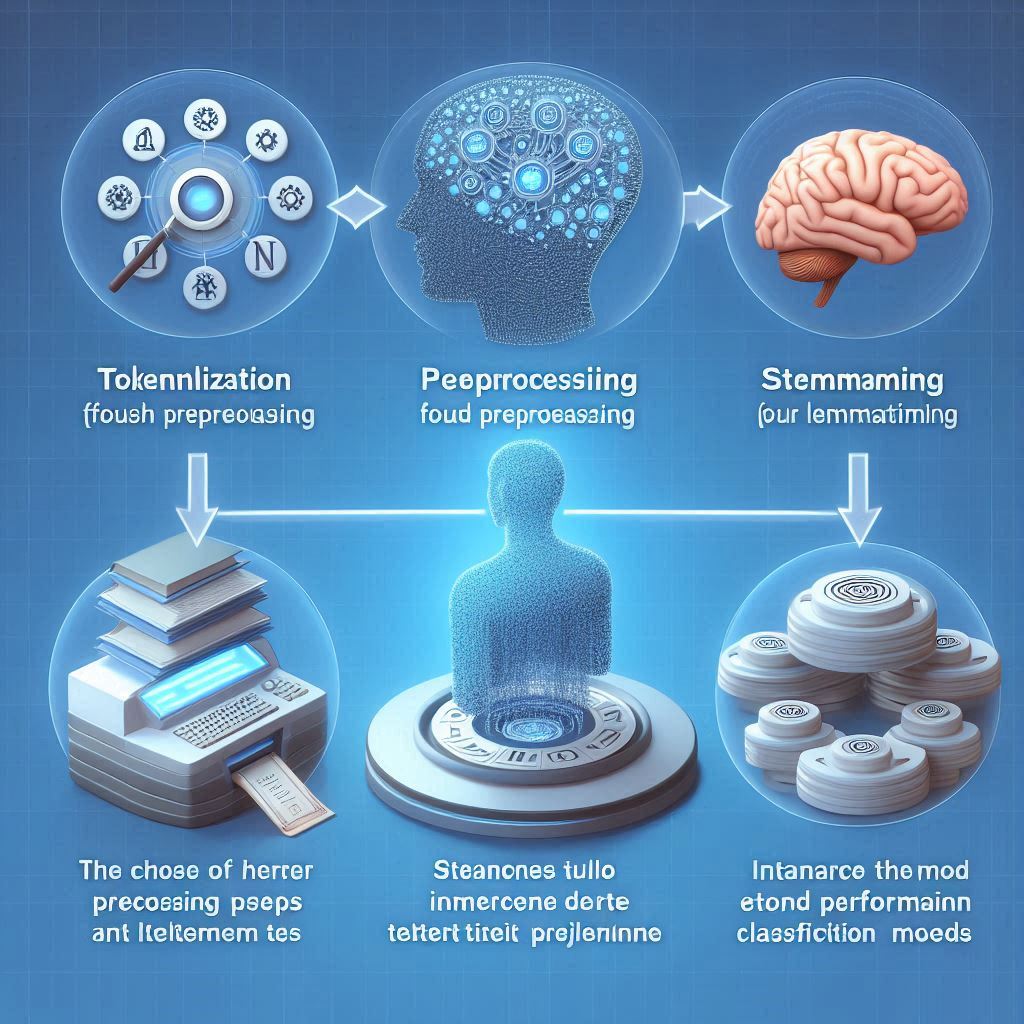The Importance of Effective Prompts for AI
Prompting is a crucial component of human interaction, and it is equally critical in the context of Artificial Intelligence (AI). AI-based systems use prompts to communicate with users and understand their intent. Crafting effective prompts is, therefore, a vital aspect of designing an AI-based system that delivers a seamless user experience. In this article, we will explore the best practices for crafting effective prompts in the context of ChatGPT and Natural Language Processing (NLP). We will also discuss the importance of collaboration between linguistics, literature, and AI experts in this regard.
Understanding Linguistics: Key Concepts for Crafting Effective Prompts
Linguistics is the scientific study of language and its structure. It provides insights into how language works and how we communicate with each other. In the context of crafting effective prompts for AI, linguistics can help us understand the fundamental concepts of language, such as syntax, semantics, and pragmatics. Syntax refers to the rules that govern the formation of sentences, while semantics deals with the meaning of words and sentences. Pragmatics, on the other hand, is concerned with the context in which language is used and the communicative intent behind it.
The Role of Literature in Crafting Effective Prompts for AI
Literature is a rich source of examples of effective communication. It helps us understand how language can be used to convey meaning, evoke emotions, and create engaging narratives. In the context of AI, literature can provide insights into how to craft prompts that are both informative and engaging. For example, a well-crafted prompt can create a sense of anticipation and intrigue, prompting the user to engage with the system further.
Best Practices for Crafting Effective Prompts for AI
Crafting effective prompts for AI requires a combination of linguistic and literary expertise. Here are some best practices to keep in mind:
- Keep prompts short and simple
- Use active voice and strong verbs
- Provide clear and concise instructions
- Use sensory details to create a vivid image in the user’s mind
- Use natural language that is easy to understand
- Personalize prompts to the user’s context and preferences
The Importance of Natural Language Processing in Crafting Effective Prompts
Natural Language Processing (NLP) is a subfield of AI that deals with the interaction between computers and human language. It enables computers to understand, interpret, and generate human language. In the context of crafting effective prompts, NLP can help us analyze user input and generate appropriate responses. For example, NLP can help us identify the user’s intent and provide relevant information or recommendations.
The Role of Machine Learning in Crafting Effective Prompts
Machine Learning (ML) is another subfield of AI that involves training machines to learn from data. In the context of crafting effective prompts, ML can help us analyze user behavior and preferences to generate personalized prompts. For example, ML algorithms can analyze user data to identify patterns and generate prompts that are relevant to the user’s context and preferences.
The Art of Crafting Effective Prompts: Examples from Literature
Literature provides numerous examples of effective communication that we can apply to crafting prompts for AI. For example, consider the opening sentence of Charles Dickens’ “A Tale of Two Cities”: “It was the best of times, it was the worst of times.” This sentence creates a sense of contrast and intrigue, evoking the reader’s interest in the story. Similarly, a well-crafted prompt can create a sense of anticipation and engagement, prompting the user to interact with the system further.
The Impact of Effective Prompts on User Experience
Effective prompts can have a significant impact on user experience. A poorly crafted prompt can confuse the user and lead to frustration, while a well-crafted prompt can create a sense of engagement and intrigue. Effective prompts can also help users achieve their goals more efficiently and effectively, leading to a more satisfying user experience.
Common Mistakes to Avoid When Crafting Prompts for AI
Crafting effective prompts for AI requires a deep understanding of language, literature, NLP, and ML. Here are some common mistakes to avoid:
- Using jargon or technical language that is difficult to understand
- Providing too much or too little information
- Failing to personalize prompts to the user’s context and preferences
- Using passive voice or weak verbs
- Failing to provide clear and concise instructions
Future Directions for Crafting Effective Prompts for AI
The field of AI is rapidly evolving, and new technologies and techniques are emerging all the time. In the future, we can expect to see more sophisticated NLP and ML algorithms that enable us to craft even more effective prompts. We can also expect to see more collaboration between linguistics, literature, and AI experts, leading to even more innovative and effective prompts.
Conclusion: The Importance of Collaboration between Linguistics, Literature, and AI Experts
Crafting effective prompts for AI requires a deep understanding of language, literature, NLP, and ML. It also requires collaboration between linguistics, literature, and AI experts to create prompts that are both informative and engaging. By following best practices and avoiding common mistakes, we can craft prompts that deliver a seamless user experience and help users achieve their goals more efficiently and effectively.
References: Key Sources for Crafting Effective Prompts for AI
- Jurafsky, D., & Martin, J. H. (2019). Speech and language processing (3rd ed.). Stanford, Calif.: Stanford University Press.
- Manning, C. D., & Schütze, H. (1999). Foundations of statistical natural language processing. Cambridge, Mass: MIT Press.
- Pennebaker, J. W., Mehl, M. R., & Niederhoffer, K. G. (2003). Psychological aspects of natural language use: Our words, our selves. Annual Review of Psychology, 54(1), 547-577.












